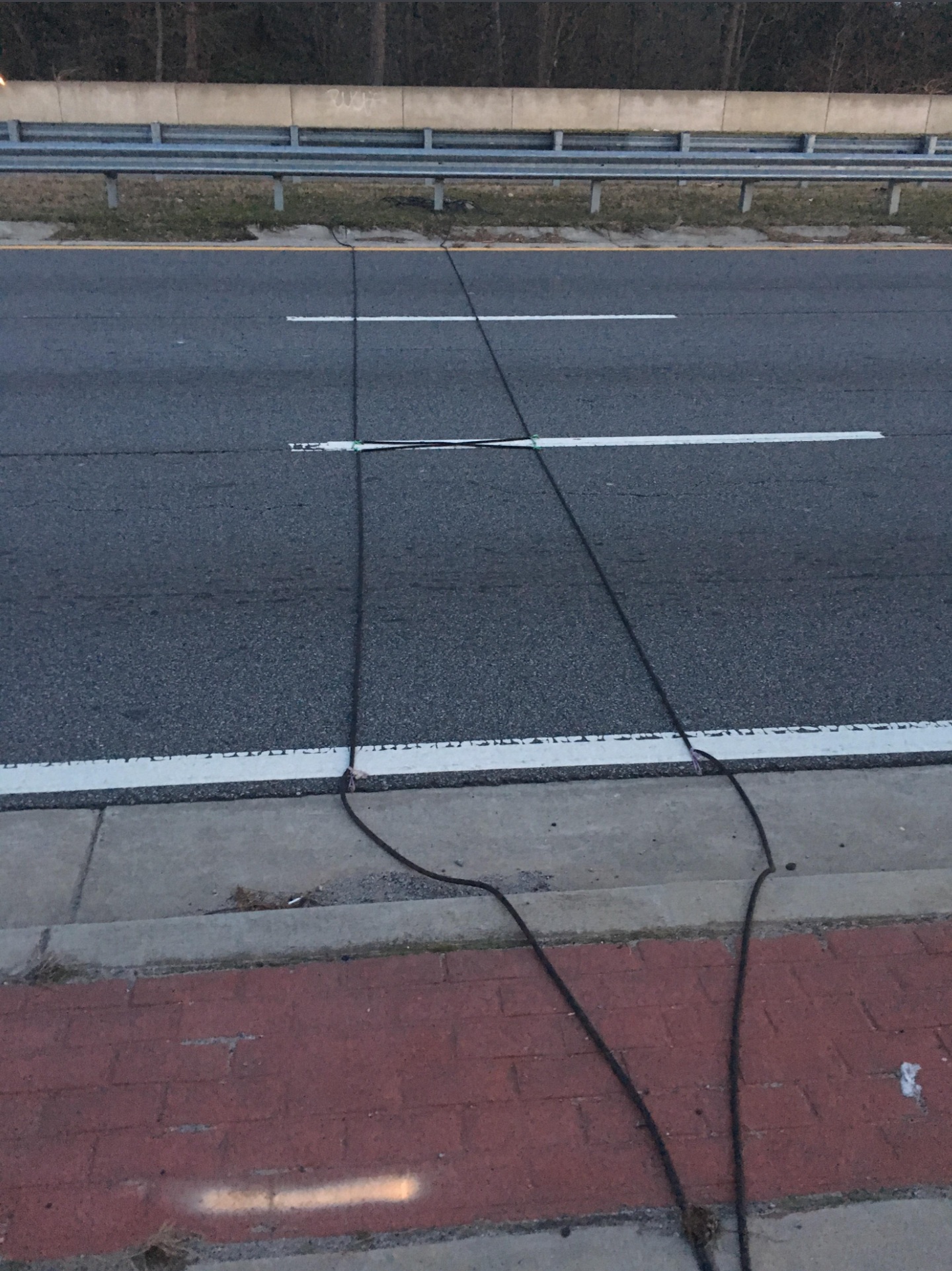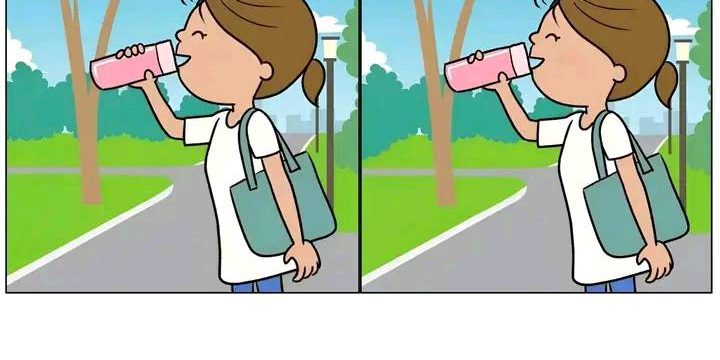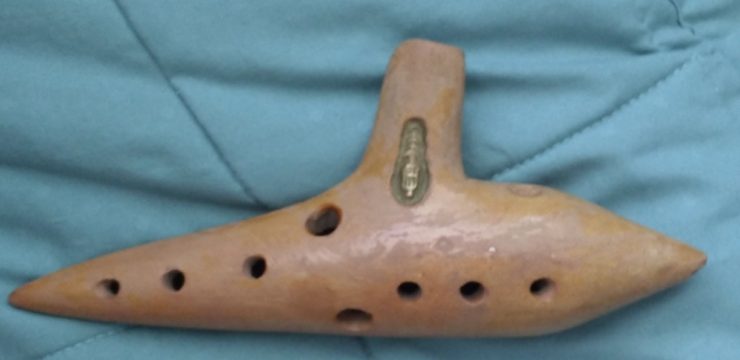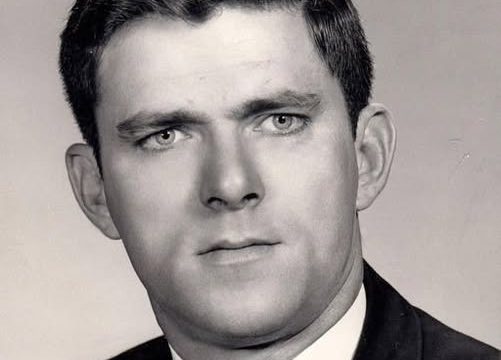The other day, I was driving to grab groceries—not exactly in a rush, but definitely not trying to waste time either—when I rolled over a pair of black rubber cables stretched across the road. You’ve probably seen them too, just sitting there across both lanes like someone forgot to pack up after finishing some roadwork.

They make that familiar little “thunk-thunk” sound under your tires and that’s it. No flashing lights. No explanation. Just there. I’ve driven over them countless times without a second thought. But this time, my sister—who was riding with me and has a habit of noticing random details—asked, “What are those actually for?” And I froze. I’ve been driving for years and had no clue. Not even a guess that made sense. I threw out something like “maybe pressure sensors?” and left it at that. Later that night, curiosity got the best of me, so I ended up Googling it in bed with a yogurt spoon still in my hand. Turns out, those unassuming black tubes are called pneumatic tubes, and they have a specific job: counting vehicles. Yep, they’re traffic counters. Every time a vehicle drives over one, it compresses the tube, sending a quick puff of air through to a sensor connected at the end.
That puff triggers a click in the system, which logs the passing of a vehicle. One car, one click. If there’s only one tube, it’s likely just measuring how many vehicles pass a certain point in a given time. But when there are two tubes, spaced a few feet apart, they can actually record more detailed information—like the vehicle’s speed, the direction it’s traveling, and sometimes even the type of vehicle. That’s right, they can make an educated guess about whether it’s a sedan, motorcycle, or a truck—all from two strips of rubber on the road. The data these tubes gather doesn’t just sit in a file somewhere.
It actually goes to transportation engineers and city planners who use it to make real decisions that impact our daily lives. Things like adjusting traffic light timing, determining where to install new stop signs or turn lanes, and understanding peak traffic flow all rely on this kind of information. I once asked someone how cities decide where a new stop sign should go, and the answer was “based on traffic volume and speed data over time.” At the time, I nodded like I understood. Only now do I realize—those black cables are how they get that data. They’re low-key, behind-the-scenes tools shaping the roads we drive on every day. And it doesn’t stop there. These tubes can also be used to identify problem areas where speeding is a chronic issue.
If a certain stretch of road consistently sees high speeds, the data can trigger interventions like speed bumps or those digital signs that flash your current speed back at you. And they’re even used for planning public transportation routes. If a bus line is frequently delayed, traffic volume data can help pinpoint whether it’s due to congestion or poorly timed scheduling. That information might lead to changes in routes or adjustments in bus frequency. I was surprised to learn that even snowplow scheduling can be affected by this data. If a road sees low traffic volume, it might be lower on the priority list during a snowstorm. That explains why some streets get cleared early while others get left buried for hours. What amazes me most is how quietly all of this happens. You drive over these cables, and there’s no sound, no alert, no interaction. But your vehicle has just contributed to a stream of data that helps cities run more efficiently. It’s like the road is keeping a quiet record of your journey, whether you realize it or not. Sure, sometimes it feels like city traffic planning still misses the mark—but the data itself isn’t the problem. If anything, it’s proof that gut instinct should never replace actual evidence. That little rubber tube probably knows exactly how many cars drove through that intersection last Tuesday at 7:14 a.m., which is more than any of us can say. Now that I know what they are, I’ve started spotting them all over—near schools, by shopping centers, at intersections where traffic always feels a little chaotic. They’re never there for long, usually just a few days, but they always seem to appear right before something changes. It’s like the city’s silent heads-up that a decision is coming. So next time you drive over one of those black cables, know that it’s not random. It’s working quietly in the background, collecting data, helping make decisions, and asking for nothing in return. And no, it’s probably not recording your license plate. Probably.





